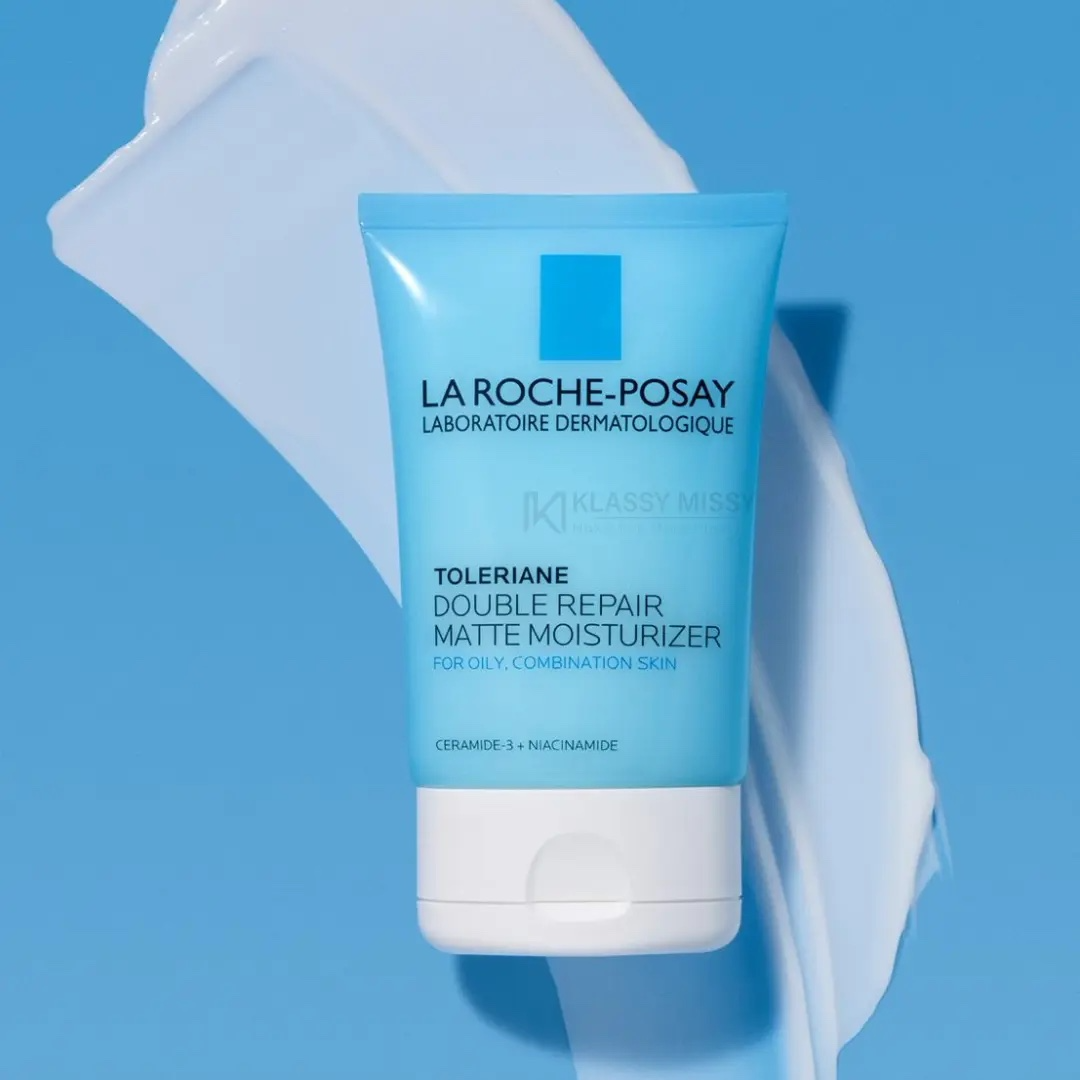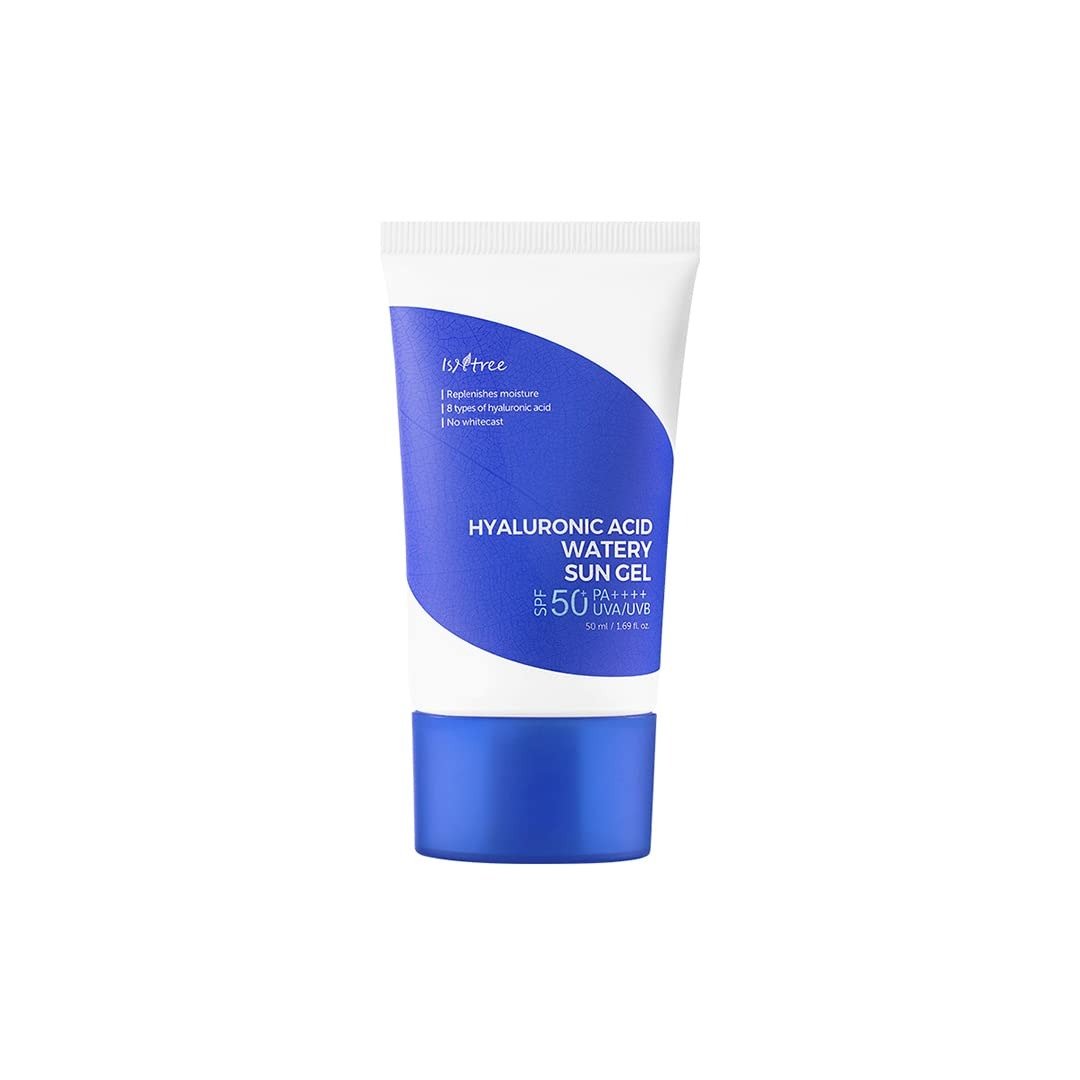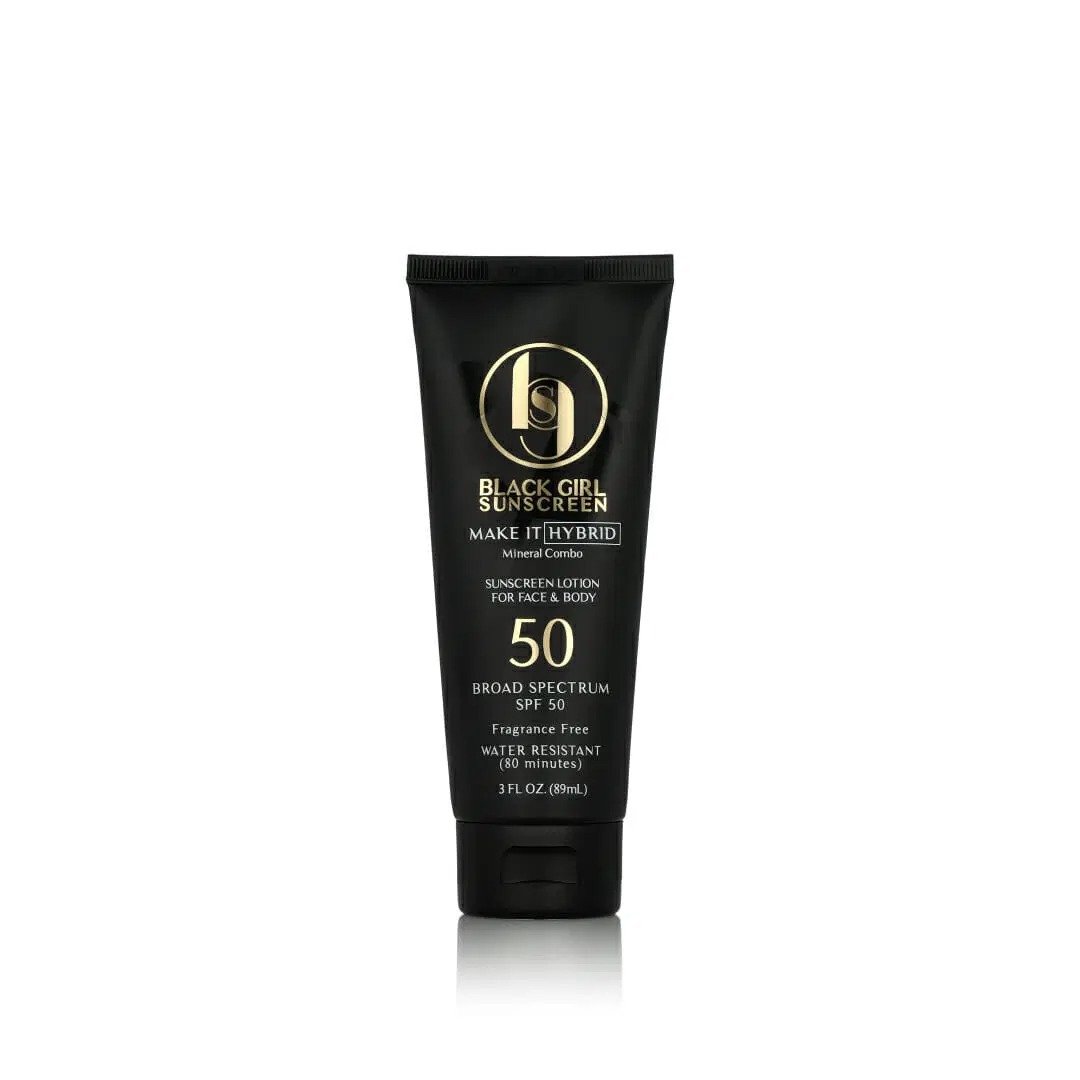Oily Skin SOS: Crafting a Successful Skincare Routine
IN THIS ARTICLE
Hello everyone! We're thrilled to have you back at But More Importantly, your go-to resource for all things related to skincare and dermatology. Today's topic? It's one that you, our audience, have requested - skincare routines, products, and ingredients tailored to specific skin types. We'll be diving into the topic of oily skin: how to create an effective skincare routine for it and our top product recommendations. Now, I'm always after that dewy glow. But rest assured, I can offer solid advice for oily skin types, as many of our community have oily skin.
Before we get into the topic, a quick housekeeping note. We're making a new effort this year to grow our TikTok community, where we directly answer questions from experts, conduct polls, and share valuable information. We urge you to like, comment, subscribe and check out the content. Don't forget to sign up for our newsletter where we'll provide detailed information about skincare routines.
Understanding Oily Skin: The Role of Oil Glands and Influencing Factors
Now, let's get into the nitty-gritty of oily skin. To understand it, we need to know why it occurs. It's all about the oil glands, or more specifically, the sebaceous glands. These glands produce a combination of fatty substances, which forms the oil on your skin that provides functional protection, while making some individuals a bit more shiny than they'd like. A number of factors can influence oil production. Genetics is one: it's hard to control, but it plays a role. Hormones are another major influence, which is why acne often flares up during menstrual cycles and puberty. These hormonal surges stimulate the sebaceous glands to produce more oil, which can lead to oilier skin and a higher risk of acne.
Managing Oily Skin: Classifying Skincare Ingredients for Effective Control
Surely, we need to appreciate the purpose of oils and the role of sebaceous glands in our skin's health. They secrete beneficial components such as Triglycerides, Squalene, and wax esters that shield our skin. So, we shouldn’t aim to entirely get rid of oils and pores. But, oily skin can be managed with certain ingredients present in skin care products. We can classify them into three categories for better understanding: ingredients that regulate oil production, ingredients that remove oil, and those that absorb oil.
Firstly, for controlling oil production, a few potent ingredients are available. Retinoids lead the list with their remarkable abilities to minimize oil production. Coming next are green tea and niacinamide, although their effectiveness may be slightly lower than retinoids. Some research indicates that oleic acid might also help in this regard, but more studies are needed to ascertain their impact.
Moving on to oil-removing ingredients, Salicylic acid is highly recommended due to its oil-soluble nature that aids in pore penetration and oil removal. Lipohydroxy acid, a related compound, and clay masks (like Bentonite and Kaolin) also effectively lift oils from the skin.
To absorb excess oil, silica, and perlite are excellent choices, often found in mattifying moisturizers. They help to achieve a matte finish by soaking up oil.
The Crucial Three-Step Skincare Routine
Let's delve into some product recommendations. In many of our articles, we've stressed the three skincare steps - cleanse, treat, protect. Starting with cleansing, foaming cleansers or those with salicylic acid can be beneficial for oily skin. However, if you don't have acne, a cleanser with a lower concentration of salicylic acid (around 0.5%, like in CeraVe's SA cleanser) would suffice. Foaming cleansers are generally more effective at removing oils and one worth mentioning is the La Roche Posay Toleriane Purifying Foaming Cleanser. The lather is top tier, and this product is truly premium. I remember a time when I was traveling and all I had with me was this cleanser. I didn't pack any shampoo, body wash, or dedicated facial cleanser - this product filled all those roles. It's that good. It can even be used as a shampoo - not that I'm suggesting you do that.
Additionally, the CeraVe SA cleanser is worth trying. Its small amount of salicylic acid is great at removing oil. I'd recommend starting with a foaming cleanser, an SA cleanser, and then progressing to the treat stage.
Understanding the Role of Toners
Now, let's discuss toners. It's been a while since we have, because we don't really believe in the term 'toner' anymore. Most of them aren't astringents, which is what they originally used to be. Nowadays, a toner is usually just a watered-down version of most other products. However, the Isntree Greenfree Fresh Toner is a staple for me. It's as light and refreshing as a toner can be. It's perfect for oily skin, controlling oil effectively. Plus, it's affordable and has a high concentration of green tea, which helps control oil production. This toner can be used both morning and night.
The Nighttime Routine for Oily Skin
For night routines, I would recommend adding retinol. We have several options to choose from. In fact, we have an entire article on which retinols are best for oily skin. One to highlight is the Maelove Moonlight with retinaldehyde, a one-step conversion of retinol, which may be slightly more effective than regular retinol.
Lastly, for protection at night, use a moisturizer. For oily skin, we recommend the La Roche Posay Toleriane Double Repair Matte Moisturizer. We've mentioned it before as the product of the year. It contains niacinamide, perlite, and silica, ingredients that help control oil. Despite this, it still contains ceramides and glycerin, which hydrate and shield your skin barrier, along with ingredients that help regulate oil production, a common issue for those with oily skin.
Join Our Community Today!
All of these components make up a comprehensive nighttime routine for oily skin, however, for those specifically dealing with acne-prone skin or dark spots resulting from acne, the Cetaphil Mattifying Acne Moisturizer is a worthwhile alternative. The inclusion of salicylic acid and other ingredients tackle dark spots and post-inflammatory hyperpigmentation, delivering a super matte finish to the skin.
The Morning Routine: Adding Sunscreen
Moving on to the morning routine, it doesn't differ significantly from the nighttime routine. The main addition is sunscreen, which can be challenging for individuals with oily skin as many sunscreens tend to leave a shiny, oily finish. However, lightweight sunscreens containing niacinamide for oil control or mineral sunscreens that offer a mattifying effect are excellent choices.
The morning routine would involve using the same cleanser from the night before, followed by a green tea toner, and then a treatment like a niacinamide treatment, or straight to a sunscreen with the same benefit. Isntree Hyaluronic Acid Watery Sun Gel, a watery gel consistency sunscreen, is a popular choice for oily skin, as is the Cetaphil Pro oil control sunscreen with SPF 30.
Drmtlgy's Daydream sunscreen, a pure zinc oxide product, is a more considerable sunscreen option that provides a mattifying effect once set. Derma E also provides a great mineral SPF that leaves a slightly dry effect and blends very well. These are great options for non-niacinamide sunscreens.
The sunscreen offered by Black Girl includes their standard moisturizing sunscreen, which was their initial product, and a mattifying version which is a chemical sunscreen. These are particularly effective for individuals with oily skin.
Customizing Your Skincare: Next Steps
That's all you need for an oily skin care regimen. A simple three-to-four-step routine, ideal for those who are either just starting with skincare or are currently overwhelmed by their existing regimen. Begin by establishing a basic routine, then modify and personalize it as needed. This setup is designed to provide a solid foundation, the initial building blocks from which you can customize your skincare throughout the year.
Thank you for reading. We encourage you to like, comment, and subscribe, and don't forget to check out the links below. Subscribe on Spotify, sign up for our newsletter, and become part of our But More Importantly community, which will continue to expand during the year. We deeply appreciate all of you. See you next time!
About the Author: Caolan
With over a decade of international experience, Caolan's passion lies in simplifying the complex. Now, as the founder of But More Importantly, he applies these talents to the world of cosmetics, aiming to unmask marketing hype and provide readers with the truth about beauty products. His mission: to help you make informed choices and discover what truly enhances your beauty routine.


























